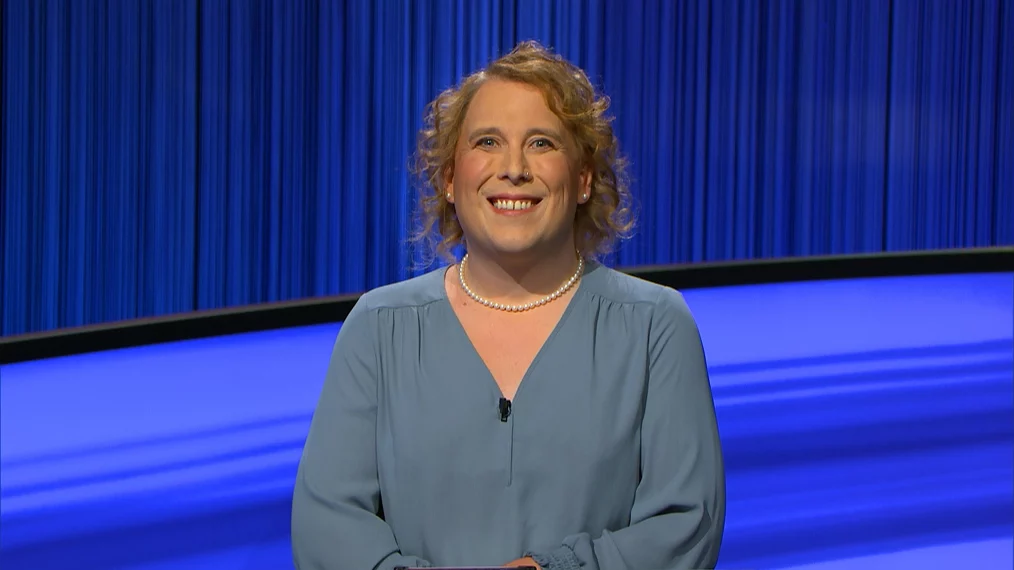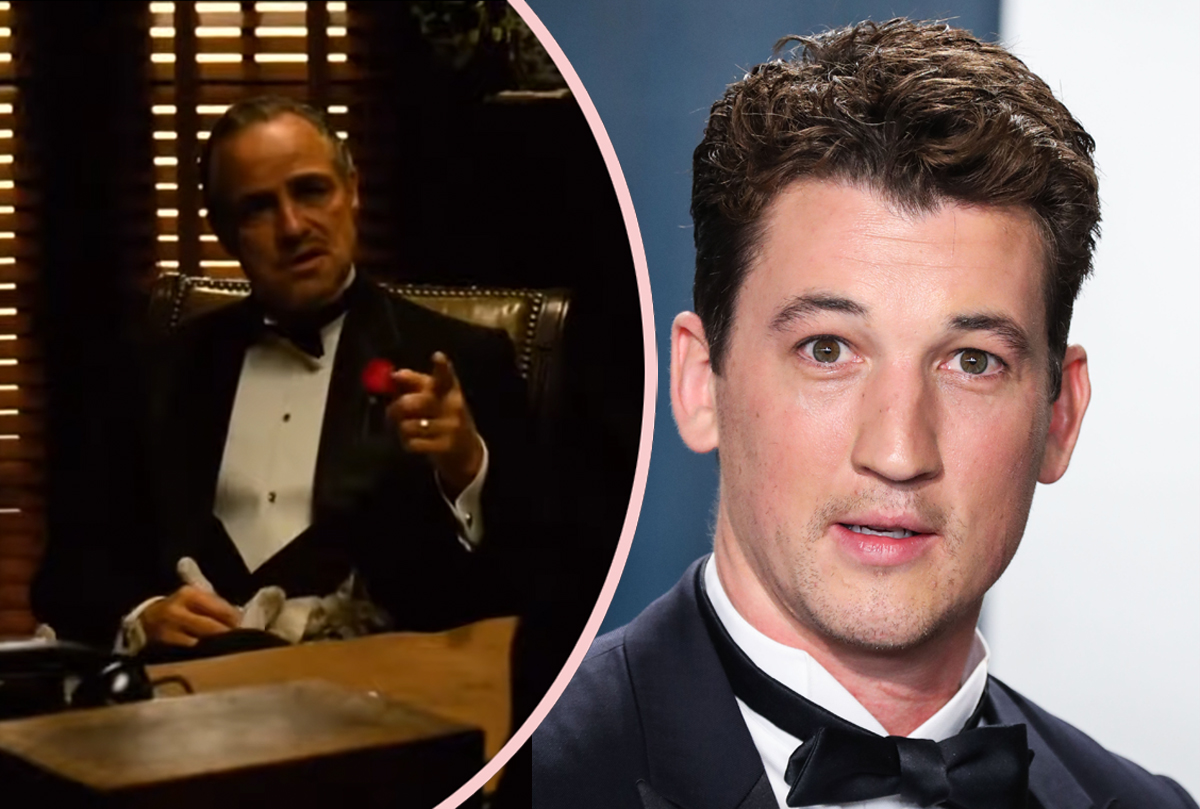#‘Judy Blume Forever’ Review: An Author of Timeless Classics Gets a Charming Doc Portrait

Table of Contents
‘Judy Blume Forever’ Review: An Author of Timeless Classics Gets a Charming Doc Portrait
Where would we be without Judy Blume? The writer penned dozens of works that encouraged generations of young people to stay curious about their bodies, to ask questions, to explore and to be brave. Are You There God? It’s Me, Margaret — a classic if there ever was one — portrayed the anxieties of puberty and canonized a very important rhyme: “We must, we must, we must increase our bust!” Margaret and her friends would chant, willing their breasts to grow larger. Blubber dealt gracefully with grade-school bullying and complicit bystanders. Tiger Eyes observed a young woman navigating the unpredictable throes of grief.
Growing up, I borrowed Judy Blume books from the library and hoarded them like contraband. The novels were a marvel to my sheltered middle-school self: How could an adult speak so candidly and accurately to my bodily experiences? I know I’m not the first Blume fan to feel this way and — especially once people see Davino Pardo and Leah Wolchok’s doc Judy Blume Forever — I certainly won’t be the last.
Judy Blume Forever
The Bottom Line
A loving — and timely — portrait of a beloved author.
The documentary, which premiered at Sundance and will stream on Prime Video on April 21, is part of a kind of revival campaign for Blume. Last November, Netflix bought a series version of Forever from Mara Brock Akil. And this spring, Lionsgate will release an adaptation of Are You There God? It’s Me, Margaret starring Abby Ryder Fortson, Rachel McAdams and Benny Safdie. Judy Blume Forever is a loving portrait of the writer and a survey of her influence. It is also a primer for this resurgence, a brief but satisfying guide to the author and her reach.
The film opens with a montage of collected news reels and excerpted interviews, all of which establish and underscore her enduring popularity. A requisite biographical sketch follows. Blume (born Judy Sussman) grew up in Elizabeth, New Jersey, her childhood marked by fears of World War II. As a child, she was plagued by anxiety and the creeping sense that adults, especially her mother, were keeping secrets from the kids. Listening to Blume recount her younger years, it makes sense that when she started writing later in life, she mostly identified with that age group. Children were straightforward and honest. Rarely did they pretend in the same way as adults.
Blume herself pretended for a while. She studied at New York University, where she met her first husband John Blume. They got married five weeks after her father died, which caused the writer to experience a mix of emotions that she wasn’t able to process for years. The newlyweds moved to a house in a suburban cul-de-sac populated with husbands who golfed and wives who did not work. For a while, Blume says in these candid interviews, she tried to be the perfect housewife. But she grew bored. The decision to write came from a desire to do more with her time and a desperate need to tell stories.
There’s a satisfaction to hearing Blume, a sharp woman with a winking sense of humor, talk about her path to writing. Her meandering trajectory toward the medium and her challenging journey to harnessing her craft are a refreshing contrast to the contemporary system of publishing, which rewards the young, gifted and confessional. In these reflective interviews, Blume speaks openly about wanting to prove her detractors wrong. She faced countless rejections before publishing The One in the Middle is the Green Kangaroo (1969), Iggie’s House (1970) and her runaway success Are You There God? It’s Me Margaret (1970). It’s that last one, a book about an 11-year-old girl navigating her religious identity and the tumultuous terrain of puberty, that turned Blume into a household name.
Pardo and Wolchok impressively interweave Blume’s early career censorship battles with the recently reignited movement to ban books. Several of Blume’s own novels like Are You There, God? It’s Me, Margaret, Blubber and Then Again, Maybe I Won’t have been banned on and off for her entire career. The author, who now owns a bookstore in Key West, has remained a fierce advocate on this issue and more.
Sprinkled throughout Judy Blume Forever are an array of contemporary writers, celebrities and fans who speak to the author’s influence on their artistic and personal developments. Novelists Mary H.K. Choi, Jacqueline Woodson and Jason Reynolds, as well as Lena Dunham and Samantha Bee, are among the familiar faces on hand. Their testimonies offer additional proof of Blume’s powerful effect on the children and young adult sphere of publishing, reminding viewers of how, still, so few of these books treat their readers as people instead of ideological vessels.
The interviews I treasured most, however, were the ones with Blume’s (now older) fans, some of whom wrote the author hundreds of letters. These correspondences, now held in the Yale University Archives, convey Blume’s impact on an individual level. For years, her books have helped young people negotiate their identities and feel less alone. Fans of her novels would pen long, confessional letters asking for her ear or some advice. To hear Blume re-read some of these notes, to see the emotions that flash across the faces of the kids (now adults) who wrote to her, is to witness a kind of magic.
If you liked the article, do not forget to share it with your friends. Follow us on Google News too, click on the star and choose us from your favorites.
For forums sites go to Forum.BuradaBiliyorum.Com
If you want to read more Like this articles, you can visit our Social Media category.




